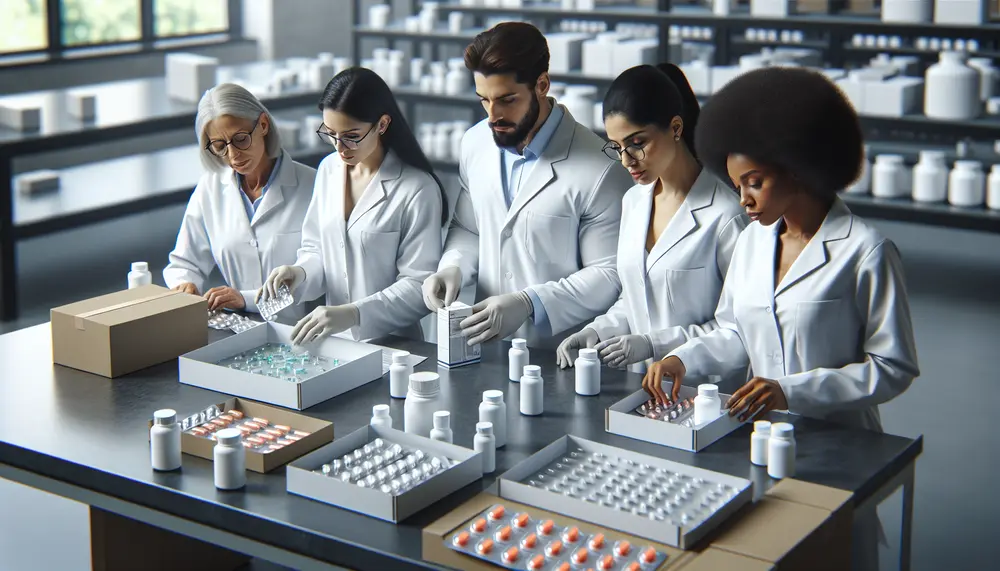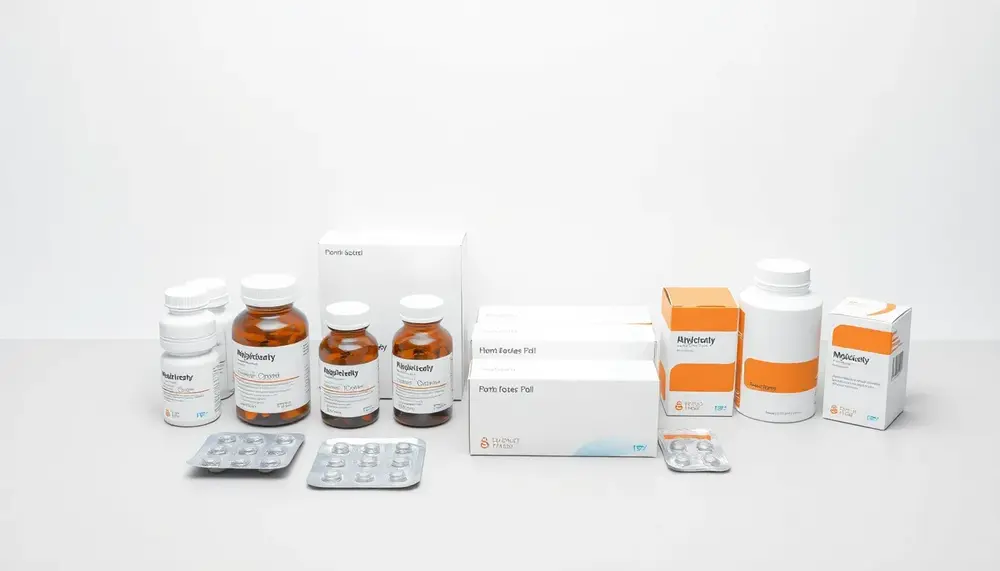Labeling Accuracy
Labeling Accuracy
Labeling Accuracy
Labeling Accuracy refers to how precisely labels are applied to packaging. It is crucial in ensuring that the information on the label is clear and correctly positioned.
Why is Labeling Accuracy Important?
Labeling accuracy is vital for several reasons. First, it ensures that consumers can read important information, such as ingredients, usage instructions, and expiration dates. Second, it helps in maintaining brand consistency and professionalism. Incorrectly placed labels can lead to confusion and mistrust among consumers.
Factors Affecting Labeling Accuracy
Several factors can impact labeling accuracy. These include the quality of the labeling machine, the type of adhesive used, and the surface of the packaging. Regular maintenance of labeling equipment and proper training for operators can also improve accuracy.
How to Improve Labeling Accuracy
To enhance labeling accuracy, companies can invest in high-quality labeling machines and use suitable adhesives. Additionally, regular checks and calibrations of the equipment can prevent errors. Training staff to handle the machinery correctly is also essential.
Examples of Labeling Accuracy
Consider a bottle of shampoo. If the label is skewed or has bubbles, it reflects poorly on the brand. On the other hand, a perfectly placed label with clear text enhances the product's appeal. Another example is food packaging, where accurate labeling is crucial for displaying nutritional information and allergens.
Blog Posts with the term: Labeling Accuracy

The pharmaceutical packaging industry is rapidly evolving with trends focusing on sustainability, smart technologies, and personalized solutions to meet consumer demands and regulatory requirements. While these innovations offer benefits like reduced environmental impact and enhanced patient engagement, they also present...

The FDA ensures drug packaging safety and efficacy through stringent guidelines on material quality, labeling accuracy, child-resistant features, tamper-evident seals, and environmental considerations. Compliance with these standards protects public health by preventing contamination and ensuring clear information is provided to...

Visual storytelling on SlideShare revolutionizes pharmaceutical packaging communication by combining engaging visuals with concise content, simplifying complex concepts like material innovation, compliance, and design functionality. This approach fosters global collaboration, enhances understanding through interactive learning tools, and showcases key elements...

Packaging in dressmaking serves as both protection for garments and a marketing tool, enhancing brand image and customer experience. It includes various materials like plastic poly bags, paper products, cardboard boxes, fabric bags, bubble wrap/foam inserts; each chosen based on...

Pharmaceutical packaging is essential for protecting medications, ensuring safety and efficacy through materials like glass and plastics, and adhering to strict regulatory standards. Innovations in the field include biodegradable polymers and smart packaging technologies that enhance drug protection and environmental...

Packaging responsibilities in the supply chain involve selecting appropriate materials and designs for product protection, branding, compliance with legal standards, and reverse logistics. Sustainable packaging practices are crucial for environmental responsibility and can offer cost savings and competitive advantages. Efficiency in...

Snack packaging is crucial for product protection, convenience, and brand communication; innovations in design and materials cater to consumer lifestyles and preferences. The evolution of snack packaging reflects a shift towards user-friendly features, sustainability, and technological advancements that balance convenience...

A Pharma Packaging Line Leader oversees the entire packaging process, ensuring quality, compliance, and efficient team coordination while troubleshooting issues in real time. Key skills include attention to detail, regulatory knowledge, problem-solving abilities, and strong leadership to maintain high standards...
